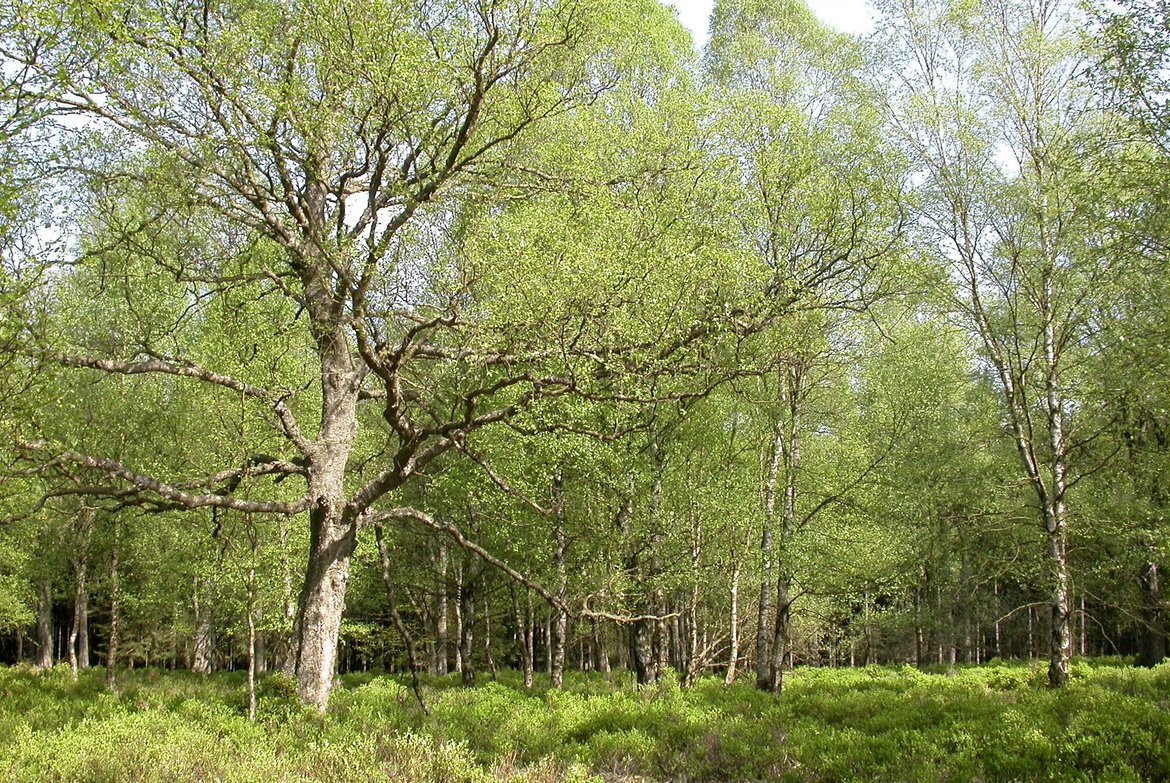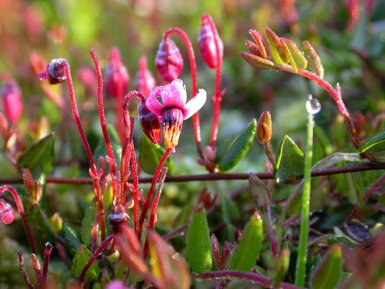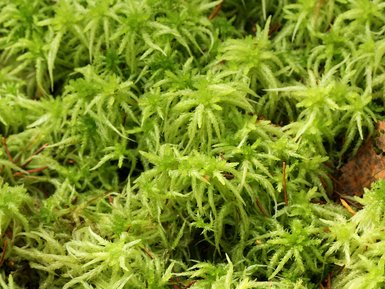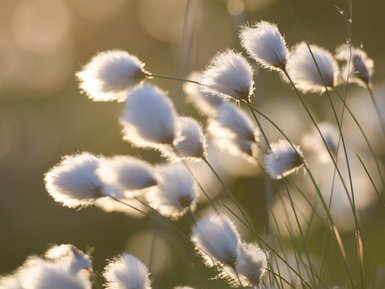Peat bogs (Natura 2000 code - 91D0)
Description
Peat birch stands occur on nutrient-poor (oligotrophic) and acidic (para-)peat or spring soils. Their moss carpet is characterised by the abundant presence of sphagnum mosses (Sphagnum spp.). These boreal-type forests are found mainly on plateaux and alluvial bottoms in which water accumulates. In Wallonia, downy birch (Betula pubescens) is the tree that dominates these wooded bogs. Speckled alder can also be present and sometimes even dominant.
These natural environments are self-sustaining, evolving freely without human intervention. Occasional management may, however, take place to eliminate potential spruce seedlings and/or plug up old drains.
As part of the project
The aim of the LIFE ArdennEislek project is to restore 23 hectares: 17 hectares in the Walloon Region and 6 hectares in the Grand Duchy of Luxembourg.
Some characteristic species
One of the herbaceous species most frequently found in wooded bogs is purple moor-grass (Molinia caerulea), which can be very dominant in birch groves degraded by drainage. Common bilberry (Vaccinium myrtillus) and Narrow buckler-fern (Dryopteris carthusiana) are also very frequently found. However, these are not species native to these environments.
Herbaceous species more typical of wooded peat bogs include Whortleberry (Vaccinium uliginosum), Hare’s-tail cottongrass (Eriophorum vaginatum), Bog Asphodel (Narthecium ossifragum), Cranberry (Vaccinium oxycoccos) or Black Crowberry (Empetrum nigrum). These species are not common, however, and some of them are restricted only to very specific types of bog. They are therefore not found in all peat bogs.
As far as mosses are concerned, we find the Sphaignes (Sphagnum spp.), very typical species of wooded bogs, systematically present since they are the origin of the peat, and the Common Haircap moss (Polytrichum uliginosum).

@ Damien Sevrin






